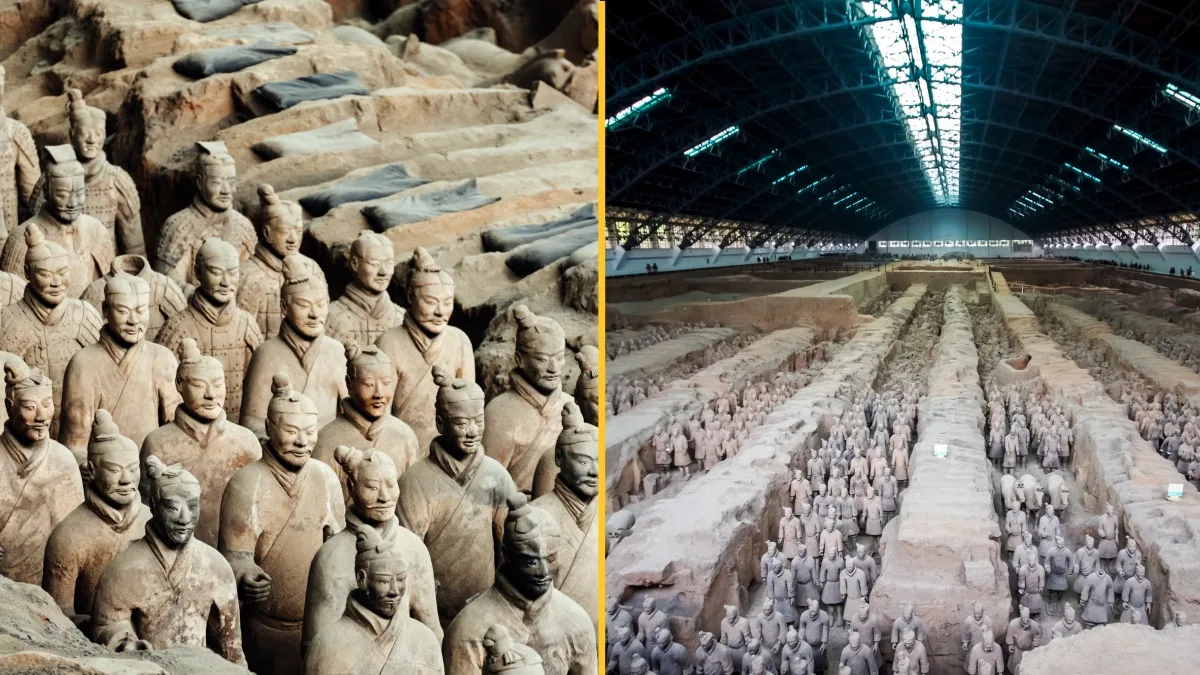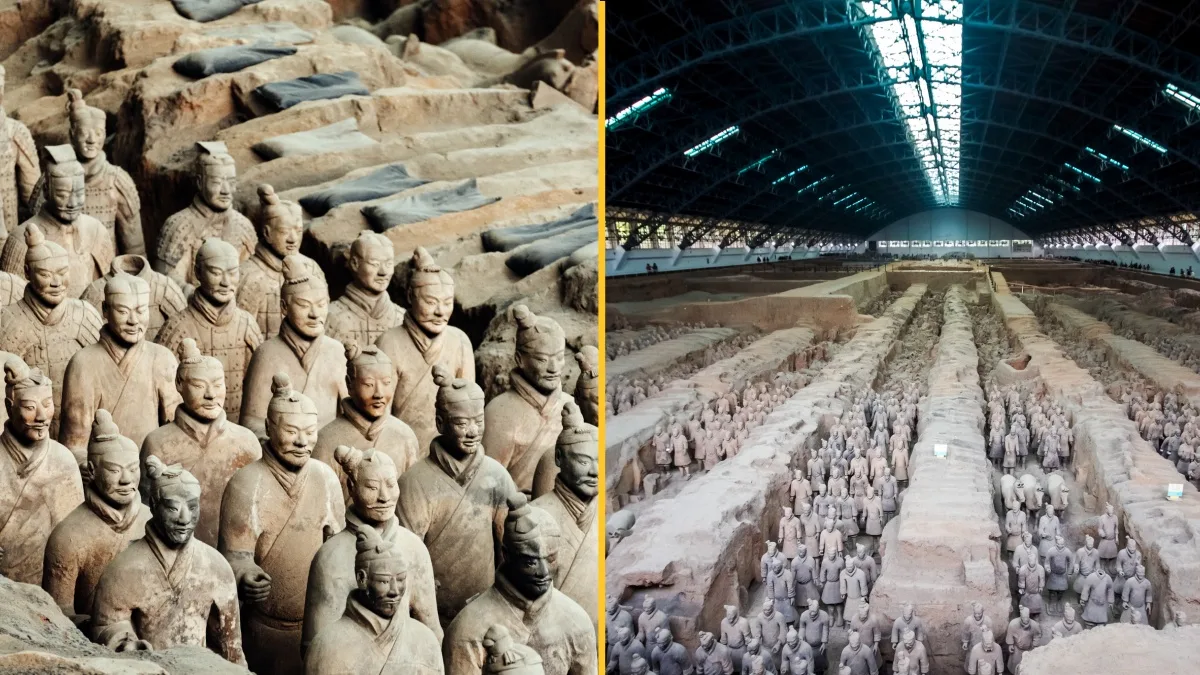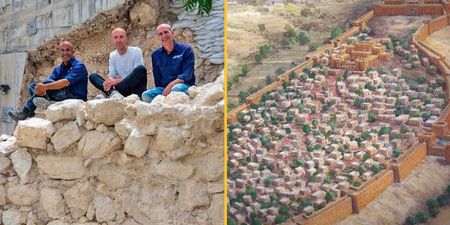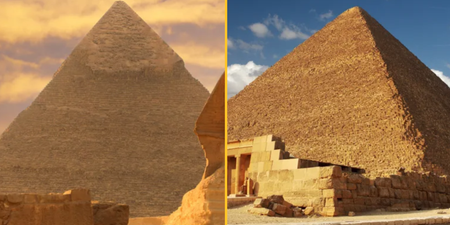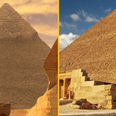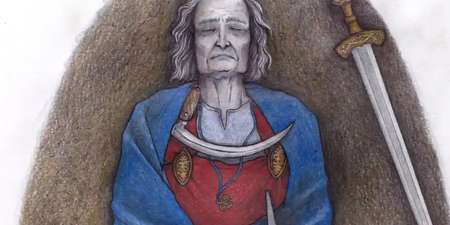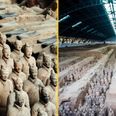The location of the sarcophagus has been a mystery
The sarcophagus of ancient Egypt’s most powerful pharaoh has been discovered more than 3,000 after his death.
Archaeologists on a new study decided to re-examine the floor of a religious centre which belonged to Ramses II, one of the most famous and most powerful rulers of ancient Egypt.
Also known as Ramses the Great, his reign from 1279 to 1213BC was the last peak of Egypt’s imperial power. During his celebrated reign, Egypt’s empire expanded into modern-day Syria and huge statues and buildings were constructed. He is regarded by many historians as Egypt’s most powerful king, according to the Egypt Museum.
When researchers initially examined the site in 2009, they found a sarcophagus containing the remains of a high priest, Menkheperre, who had lived in roughly 1000BC. But they established that another individual had been in the sarcophagus before the priest.
Whilst they knew this must have been a “very high-ranking figure” of ancient Egypt, their identity had remained a mystery.
That was until Egyptologist Frederic Payraudeau, a teacher and researcher at Sorbonne University in France, managed to decipher an engraving on a fragment of granite discovered at the site in 2009.
He determined that the oval-shaped engraving translated as “of Ramses II himself,” according to a study published in the journal Revue D’Égyptologie.
“When I read these results, I was overcome with doubt. I asked my American colleague if I could re-study the file, which he accepted given the complexity of this case,” said Payraudeau.
“My colleagues believed that the cartouche preceded by the word ‘king’ designated the high priest Menkheperre who governed southern Egypt around 1000 BC.
“However, this cartridge actually dated from the previous engraving and therefore designated its first owner.”
He continued: “The royal cartouche contains the coronation name of Ramses II, which is specific to him, but this was masked by the condition of the stone and by a second engraving, added during the reuse.”
Ramses II’s mummy and coffin were found in a “secret” hiding place in Deir el-Bahari, a temple complex outside Luxor, back in 1881.
The ancient pharaoh had initially been buried in a now-lost gold coffin and was moved to an alabaster sarcophagus, which was found destroyed in his tomb by looters.
He was then moved to the granite sarcophagus, which Menkheperre had transferred to Abydos to use for himself, La Brújula Verde reported.
“This discovery is new proof that at this time, the Valley of the Kings was the subject not only of looting but also of the reuse of funerary objects by subsequent sovereigns,” according to a statement from France’s National Center for Scientific Research.
Related links:
Archaeologists are too afraid to open up the tomb of China’s first Emperor
Mystery ‘ghost’ ship that vanished with all crew members finally found after 120 years
Archaeologists make City of David discovery that could prove Bible is true










